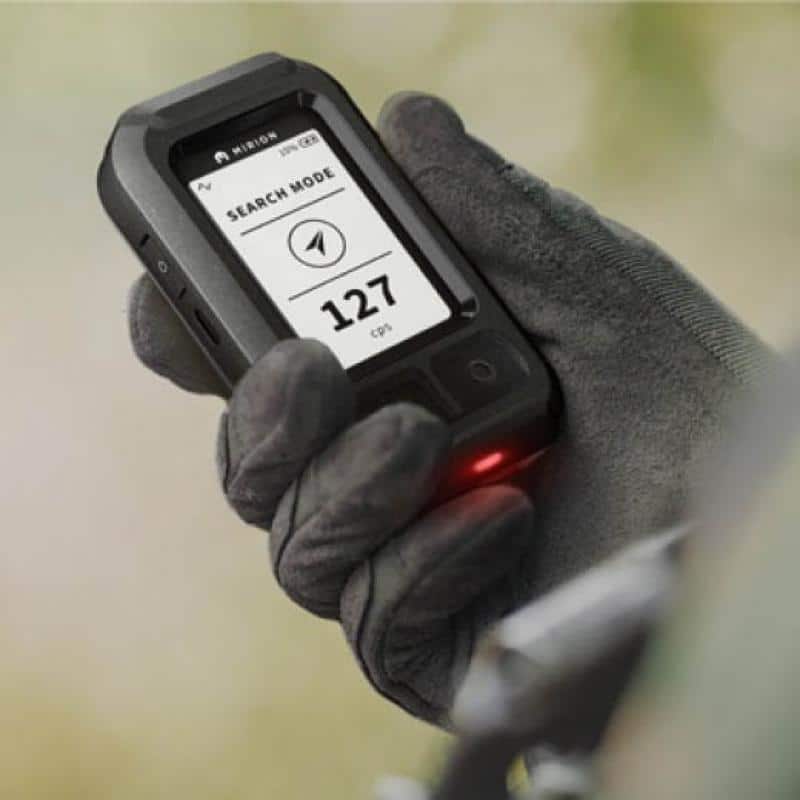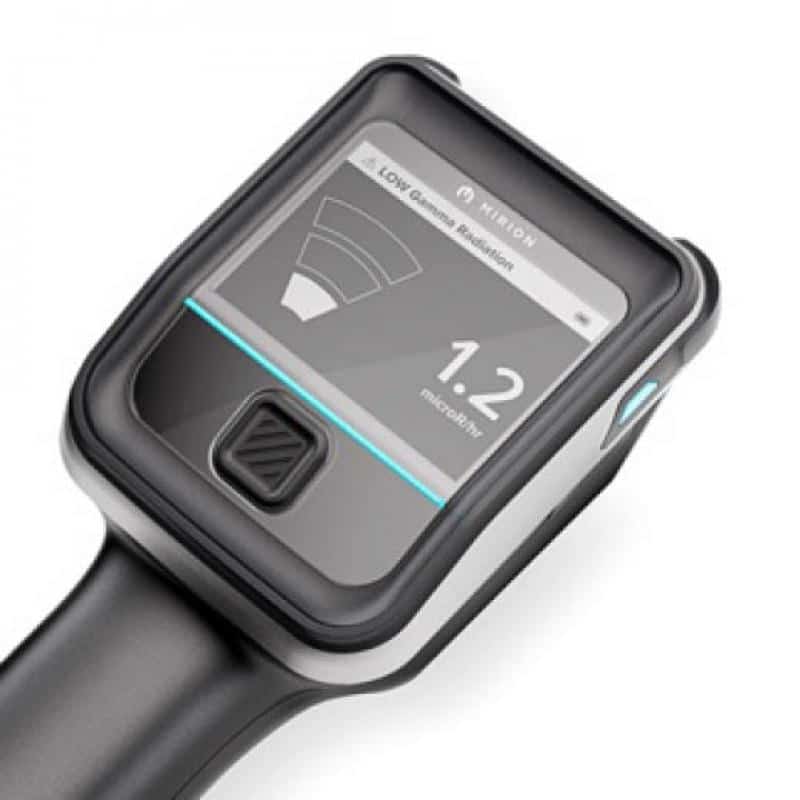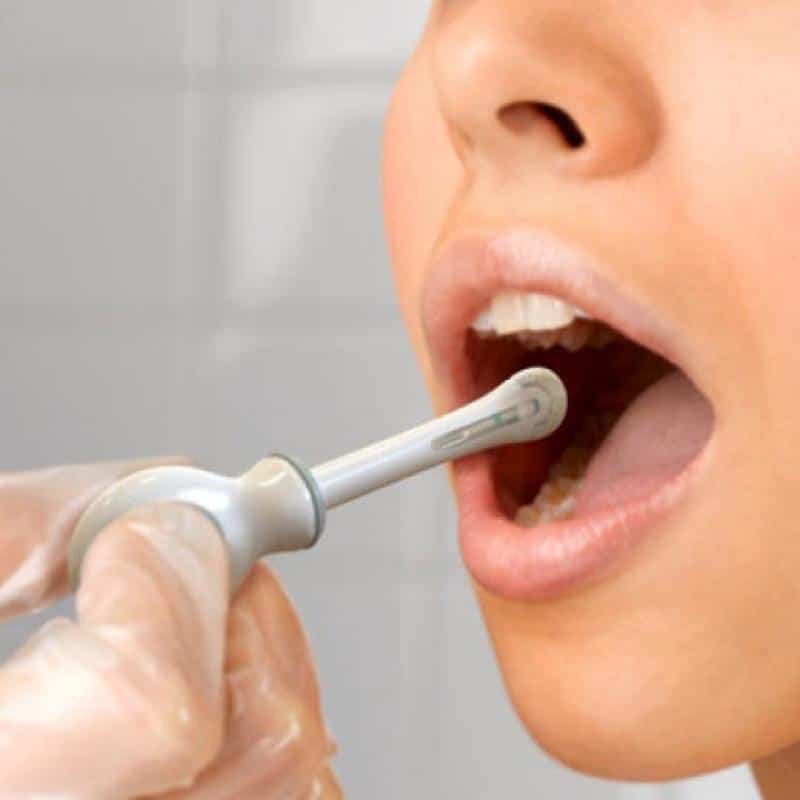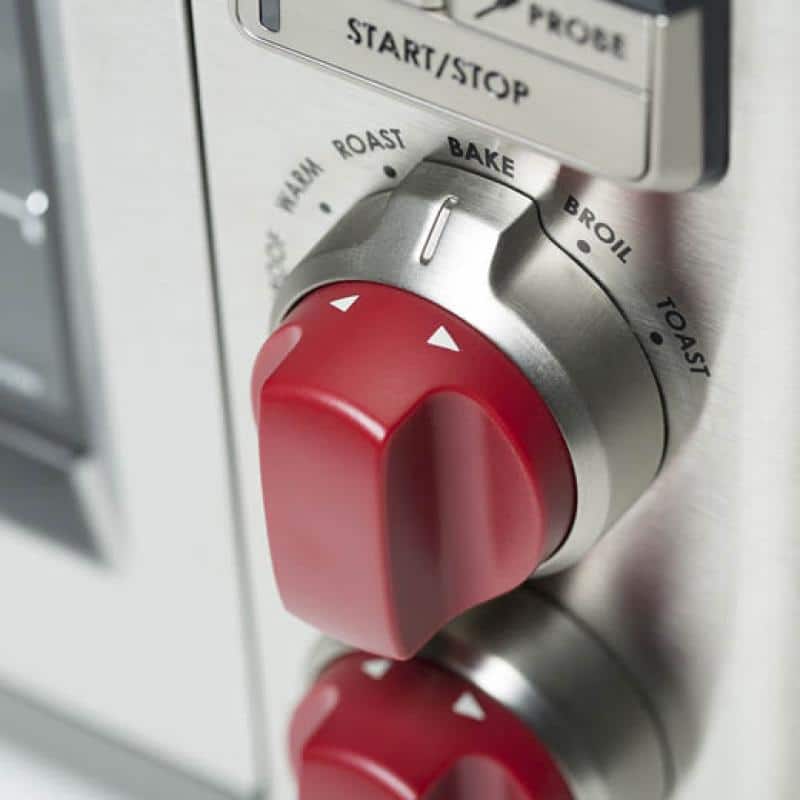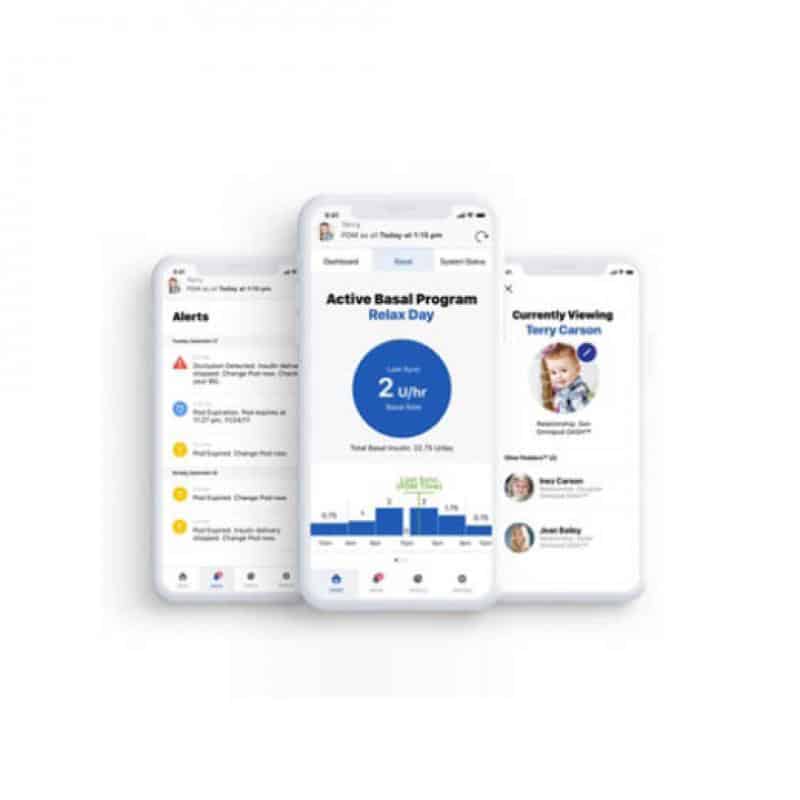THRIVE is an award-winning, ISO 9001 certified product development and innovation strategy firm. We work with ambitious leaders to build brands and experiences that people love through Informed Design™. Our work gives leaders, teams, and organizations the courage and conviction to move confidently forward and design what’s next. You can find our innovations positively impacting lives in homes, hospitals, and businesses around the world.
Founded in 2010 by Jonathan Dalton (CEO) and Trent Kahute (CCO), THRIVE is built on the belief that an integrated approach—deep empathy paired with sharp strategy—can be a powerful engine to drive growth. We bring together the creativity and entrepreneurial spirit of a design firm with the analytical rigor of a management consultancy. Turning ideas into growth and applying agile principles with a healthy dose of human understanding to design, develop and engineer products that have real meaning. The result? We’ve become a trusted advisor to some of the world’s most iconic brands, including AT&T, Amazon, Amgen, Becton Dickinson, Coca-Cola, Keurig, Hillrom, Intuitive Surgical, Johnson & Johnson, McDonald’s, Samsung, Wolf, and SC Johnson, improving customer lives and the bottom line. It’s a win-win.

